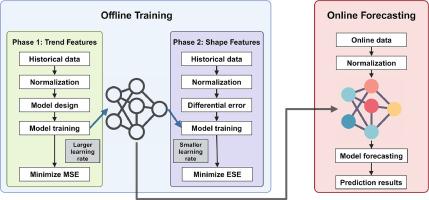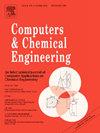EPMITS: An efficient prediction method incorporating trends and shapes features for chemical process variables
Abstract
With the transformation of industrial production digitization and automation, process monitoring has been an indispensable technical method to realize the safe and efficient production of chemical process. Accurate prediction of process variables in chemical process can indicate the possible system change to reduce the probability of abnormal conditions. Current popular deep learning prediction methods trained with MSE or its variants may exhibit limitations in extracting shape features of chemical process data. In this paper, we proposed an efficient prediction method incorporating trends and shapes features (EPMITS) for chemical process variables. Specifically, we introduced a novel differentiable loss function Efficient Shape Error (ESE) to quantify shape differences between two time series of equal length in chemical process data. Then we trained deep learning models with MSE and ESE as loss function by two steps in training stage, to effectively acquire both trend and shape features of chemical process data. The proposed method was evaluated by the Tennessee Eastman process datasets and a real fluid catalytic cracking dataset from a petrochemical company. The results indicate that EPMITS models exhibit high prediction accuracy and short model training time across various time scales. These findings demonstrate the considerable feasibility and significant potential of EPMITS for future fault prognosis applications.


 求助内容:
求助内容: 应助结果提醒方式:
应助结果提醒方式:


